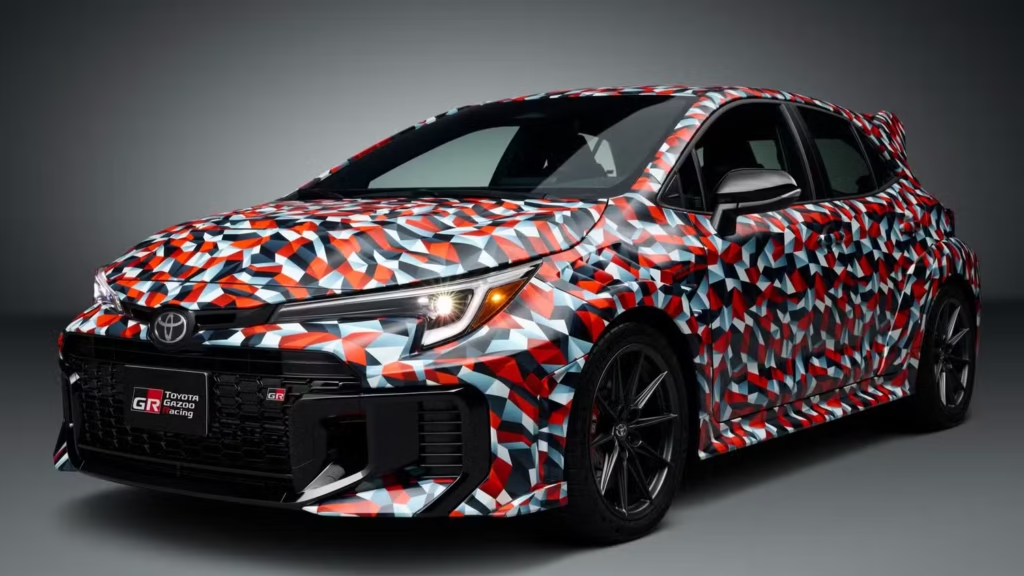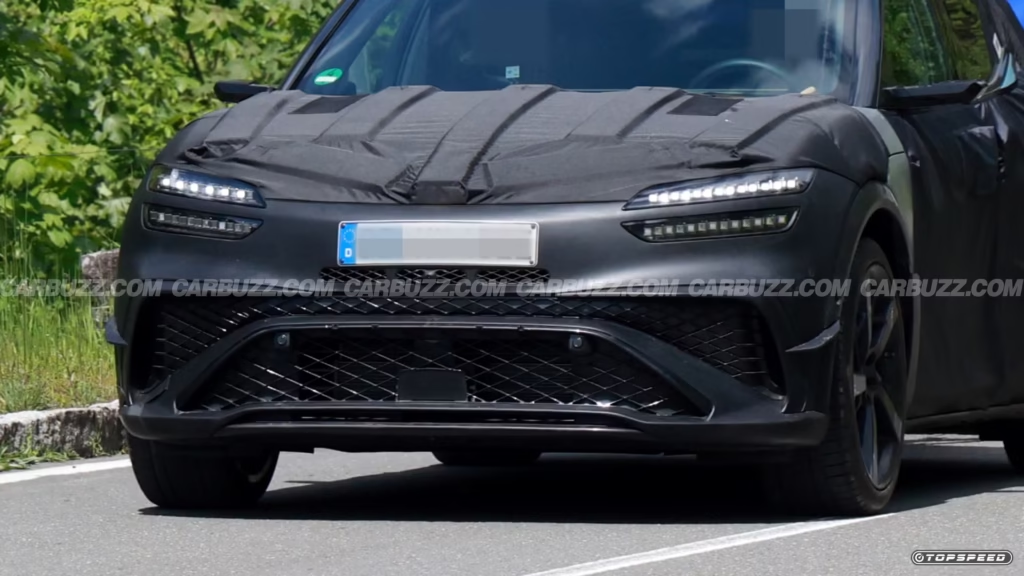Mazda’s Japan plant mixes ICE, Hybrid, & EV production on one line. This new concept cuts lead times & processes to offset tariffs, keeping pricing competitive.

Mazda, known for its great cars, is now looking towards smart manufacturing to avoid tariffs and secure its future. Specifically, their first dedicated electric vehicle will be built with an all-new production concept. Mazda is planning to make its Hofu H2 assembly plant even more flexible.
The company hopes that this flexible production will help them keep their pricing competitive against tariffs, especially when their EVs come to market with the CX-5 and other popular models.
With this new production line operational, Mazda hopes that production lead times will drop from weeks to just days. You can imagine how big the savings can be. This savings can offset the tariffs imposed on their best-selling models in the US. Speaking to Automotive News, Mazda officials explained that they want to stay nimble and flexible rather than building a new factory or line to make EVs.

According to Taketo Hironaka, Managing Executive Officer of Production, a dedicated EV line is not needed because their lines can already handle mixed production. He also said that this plant is on the cutting edge in terms of Mazda’s manufacturing.
You’ll see that building plug-in hybrids, gas models (ICE), and EVs on the same line on different platforms will help Mazda keep their factory utilization as high as possible. This means they will be able to change production very quickly to make sure they are making what customers want at the time. Making changes to the assembly line will also be much easier.
Read Also: 2026 Lexus ES EV Aims to Challenge Tesla’s Market Dominance
Adding steps can be done in a week instead of months. New robotic systems will enable Mazda to install large components like engines anywhere, rather than having them in a fixed location on the main line. It adds flexibility for changes to the wheelbase, different power variants, and it also allows Mazda to build rear-drive and front-drive models on the same assembly line.

Taketo Hironaka also pointed out that it would not be a good idea to suddenly build different models or quickly increase production volumes at the US plant, because the supply chains are too extensive. This plan helps manage waste in fixed costs and capital investments. The Hofu H2 Plant is currently home to the large RWD crossovers, the CX-70 and CX-90, sold in the US, and the CX-60 and CX-80 sold elsewhere.
Soon it will also be home to Mazda’s electrics. The company estimates that their new production plan has cut the number of processes by 40 percent in addition to adding flexibility.
While building EVs and ICEs on the same line is nothing new – as GM has done in several plants – Mazda’s move offers greater flexibility. This strategy is not only to fight tariffs, but also to manage costs and align production with customer demand. It’s a chance to potentially pass on savings to you, the customer. With this cutting-edge approach, Mazda is getting ready for its future and we hope to see their new EVs on the road soon.
Source: Automotive News
Sophiya’s passion for cars ignited before she was three, and she would identify every vehicle on her street. That enthusiasm fueled her pursuit of a mechanical engineering technology degree and a career covering the auto industry. A four-time Canadian Automotive Journalism Awards winner, Sophiya now serves as president of the Automobile Journalists Association of Canada.

